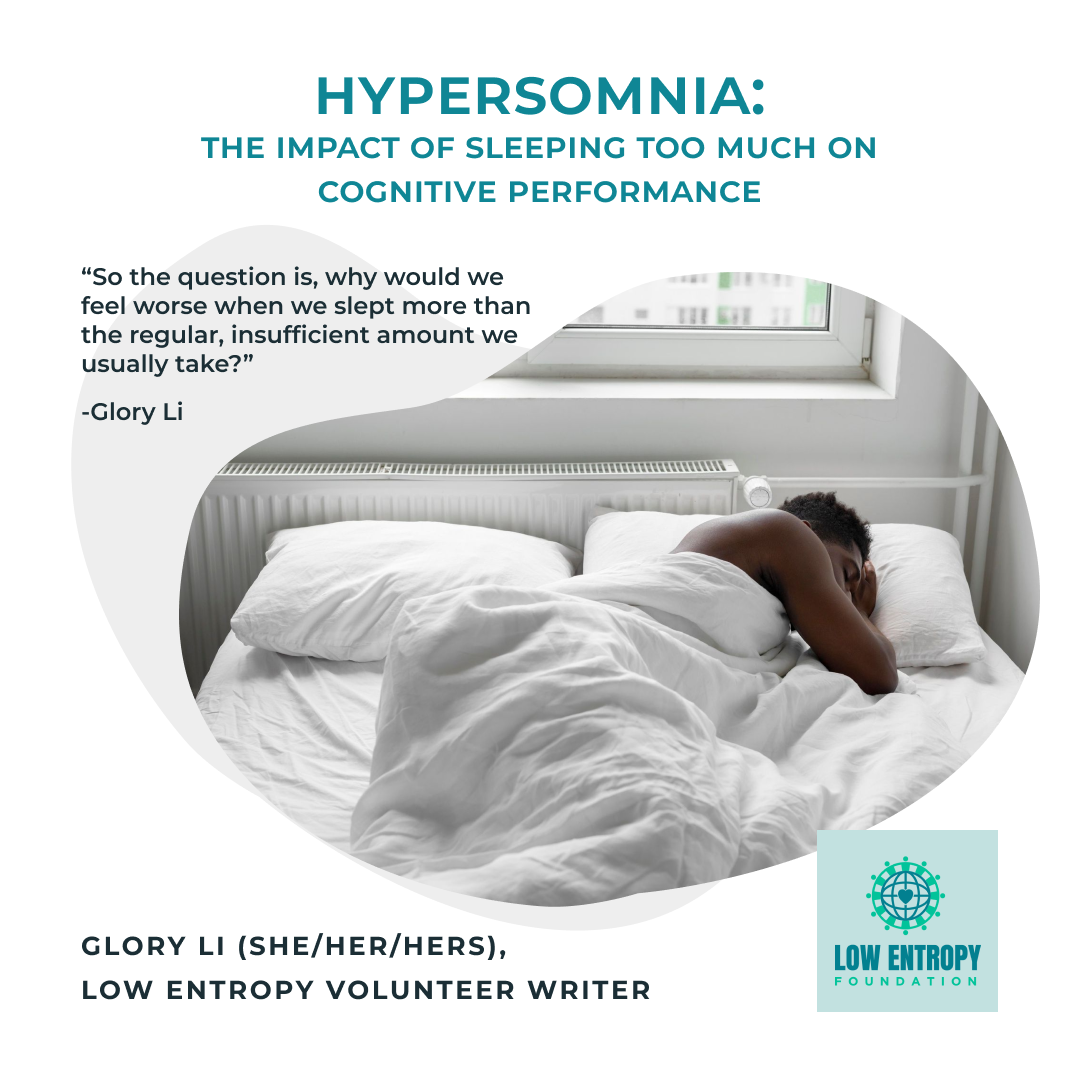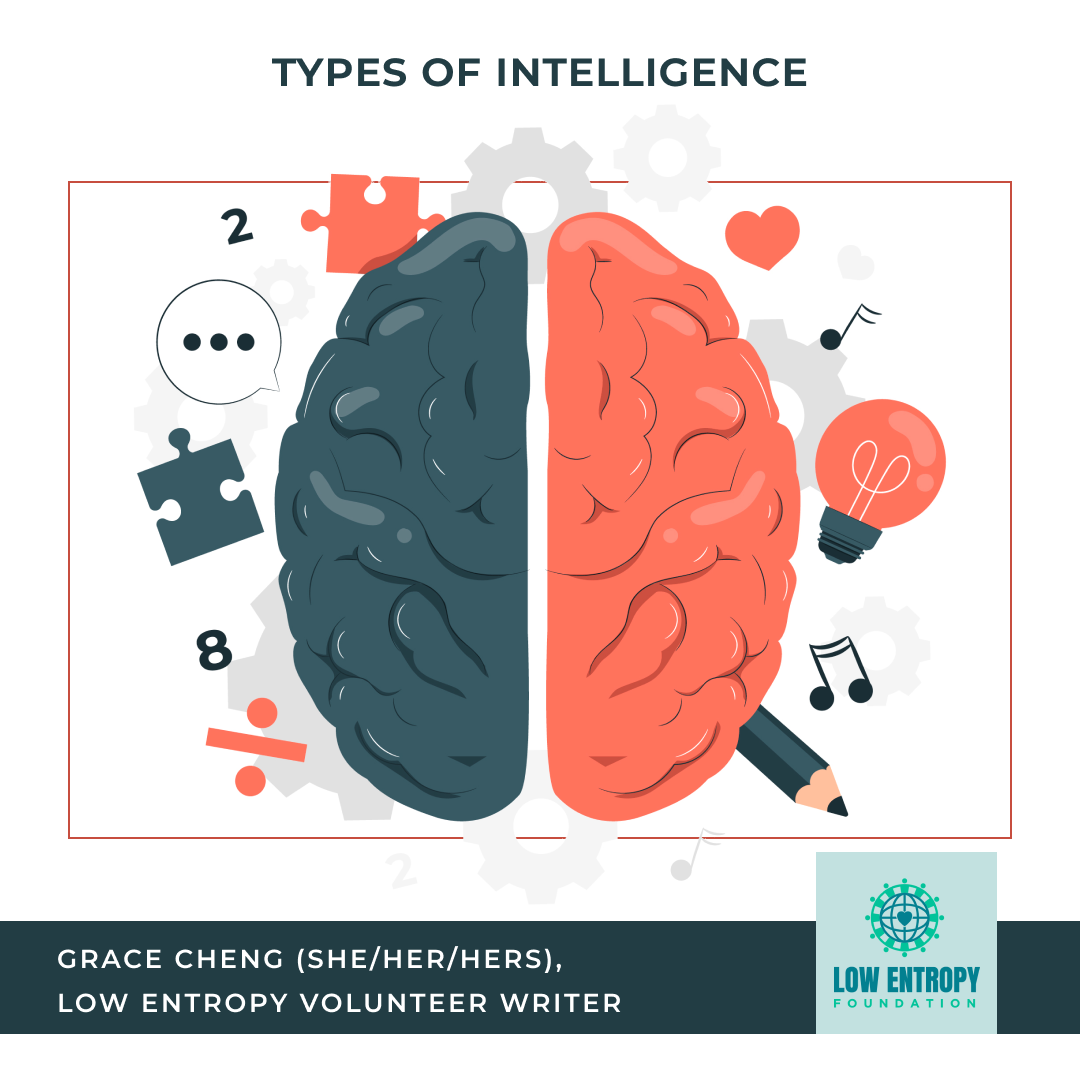Mindless Obedience: The Automatic Response in Behaviour
February 16, 2024

Glory Li (she/her/hers), Low Entropy Volunteer Writer
Once my friend passionately chanted about the fashion and creativity of wearing mismatched socks. In response, I nodded to make her happy. Without even considering if I agreed with my friend’s opinion of a “groundbreaking trend,” the next day, it felt like my hands were listening to someone else as I mixed and flaunted one pink and one black sock on each foot. But seriously, thinking about it now, I’m not a fan of this idea. Sometimes, it isn’t a person’s eloquence that persuades us into believing the opposite end of the spectrum. Many compliance and consents are merely based on our fixed action pattern, which means exposure to certain triggers caused us to respond automatically while directly skipping the step of analyzing the presentation.
“Fixed action pattern” just means the triggers carved a mental shortcut so we can employ a simplified version of judgment dealing with many daily situations. These natural inclinations are called judgmental heuristics. Frequently, triggers that activate fixed behaviour patterns are specific features and parts of the rivalry that impact us more than other parts, causing involuntary actions and stereotypic decisions. For instance, the most classic heuristic that can be exhibited is the idea that “expensive = good.” Research shows that people who are uncertain about an object’s quality often resort to this streamline because human reaction evolves through the time when an item’s price truly reflects its value, so an increasing price is proportional to an improved quality.
In the complicated modern days, there are profiteers who understand and use our mechanistic, unthinking manners to their own benefit. Our innate vulnerability makes us easy targets to buy low quality stuff with unreasonably high prices from unscrupulous businesses. Despite the fact that we may be very aware and take precautions to avoid those products with low quality but hefty prices, sometimes, other nefarious methods are used to raise an item’s price: for example, imagine a time when sales clerks deliberately doubled the price of an accessory by 50 percent and placed all the pretty, amethyst bracelets counterfeits on the central table to better exaggerate their rarity and purity. We are convinced by this tactic because there’s no way for us to determine the actual worthiness of the stone (unless connoisseurs are visiting the store), nor to compare if the item is outrageously expensive or not without constantly going to the same place. The only information we see for sure, or the two apparent triggers within the big picture of marketing tactics, is the good value and the sale’s emphasis on the bracelets, so unconsciously, our heuristics associate the two aspects and conclude that they must be of good quality.
It has been proven that fixed patterns of behaviour exist everywhere in a hierarchical pyramid, ranging from animals to humans. For instance, turkeys have gained a reputation for being caring, sweet mothers to newborn chicks; however, the maternal care comes at a condition, that of the healthy baby chicks producing the “click, click” sound. Otherwise, babies who can’t make this identical sound can be ignored, starved, and even consumed by the mother. In one experiment, researchers installed a voice recorder on a polecat — the primary predator of baby chicks that mutually loathe each other — and the recorder started emitting the click sounds. Even though the turkey knew polecats were enemies, she still accepted it under her wings and showed a decent amount of loving care. Although the turkey mother was fully aware the polecat didn’t resemble her offspring, her ingrained heuristics were so used to connecting that sound with the need of her chicks that she couldn’t resist the intuitive response. It wasn’t to show mother turkeys lack intelligence by falling into the man-made trap of protecting her predators; instead, both animals and humans displayed similar behaviours of this situational processing.
In an experiment, social psychologist Ellen Langer conducted a social study that revealed that if we ask someone for help, the chance of success increases by providing a reason behind the request. A person asked a small favour to move to the front of a long queue waiting to use the Xerox machine; in the first trial, he said, “Excuse me, I have five pages, may I use the Xerox machine because I’m in a rush?” About 94% of the people complied. For the second trial, he provided no explanation of his actions and said, “Excuse me, I have five pages, may I use the Xerox machine?” Only 60% let him move forward. During the third trial, the explanation only repeated the appeal which doesn’t really justify the compliance, “Excuse me, I have five pages, may I use the Xerox machine because I have to make five copies?” In return, 93% agreed, which is basically the same probability compared to having a valid rationale. Thus, whether we realize it or not, it’s the insignificant word “because” that triggered us to feel the concurring urge even with the reason essentially nonsense.
It’s not just our insufficient life experience or our deliberate decision not to analyze the present situation: we have to realize the fixed action pattern in our brain is twisting the perspective on each circumstance so it’s much easier to decide our action among thousands of options. Most of the heuristics were and are still passed down generations because they have provided accurate simplifications similar to common sense or proverbs, which generally guide us to the right path. Even the current era exploited these proclivities for personal gains, it doesn’t render all the heuristics unreliable. Fixed action patterns save our minds from exploding to process a world of information and temptations, but it also shed light on why we ended up buying a pair of fake Nike shoes.
Works Cited
[1]Nickerson, Charlotte. “Fixed Action Pattern: Definition and Examples.” Simply Psychology, 29 Sept. 2023, www.simplypsychology.org/fixed-action-pattern.html.
[2]MSEd, Kendra Cherry. “What Are Heuristics?” Verywell Mind, 8 Nov. 2022, www.verywellmind.com/what-is -a-heuristic-2795235.
[3]Wondra, Chris. How to Influence People With Persuasive Triggers | We Teach We Learn, www.weteach welearn.org/2012/12/how-to-influence-people-with-persuasive-triggers.
[4]Porter, Jeremy. “The Power of ‘Because.’” Jeremy Porter, 7 July 2014, www.jrmyprtr.com/power-of- because /#:~:text=The%20Xerox%20Study,I%20use%20the%20Xerox%20machine%3F%E2%80%9D.
[5]Cialdini, Robert B. Influence, New and Expanded. HarperCollins, 2021.
—
Leave your thoughts for Glory in the comments below. You can also follow us on Facebook, Instagram, TikTok, Twitter and YouTube to stay up-to-date with Low Entropy news!
GET INVOLVED
At Low Entropy, we believe changing the world starts with changing ourselves.
Founded in 2015, Low Entropy Facilitates conversations that encourage diversity and promote inclusivity.
We understand that life can be confusing at times. It can seem challenging and sometimes you may feel like no one really “gets you.” We offer an opportunity to connect with others who have the capacity to understand you.









